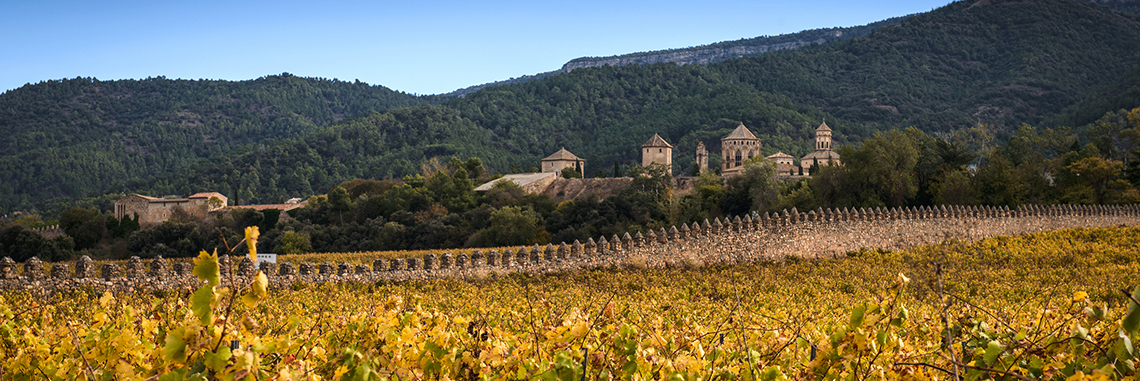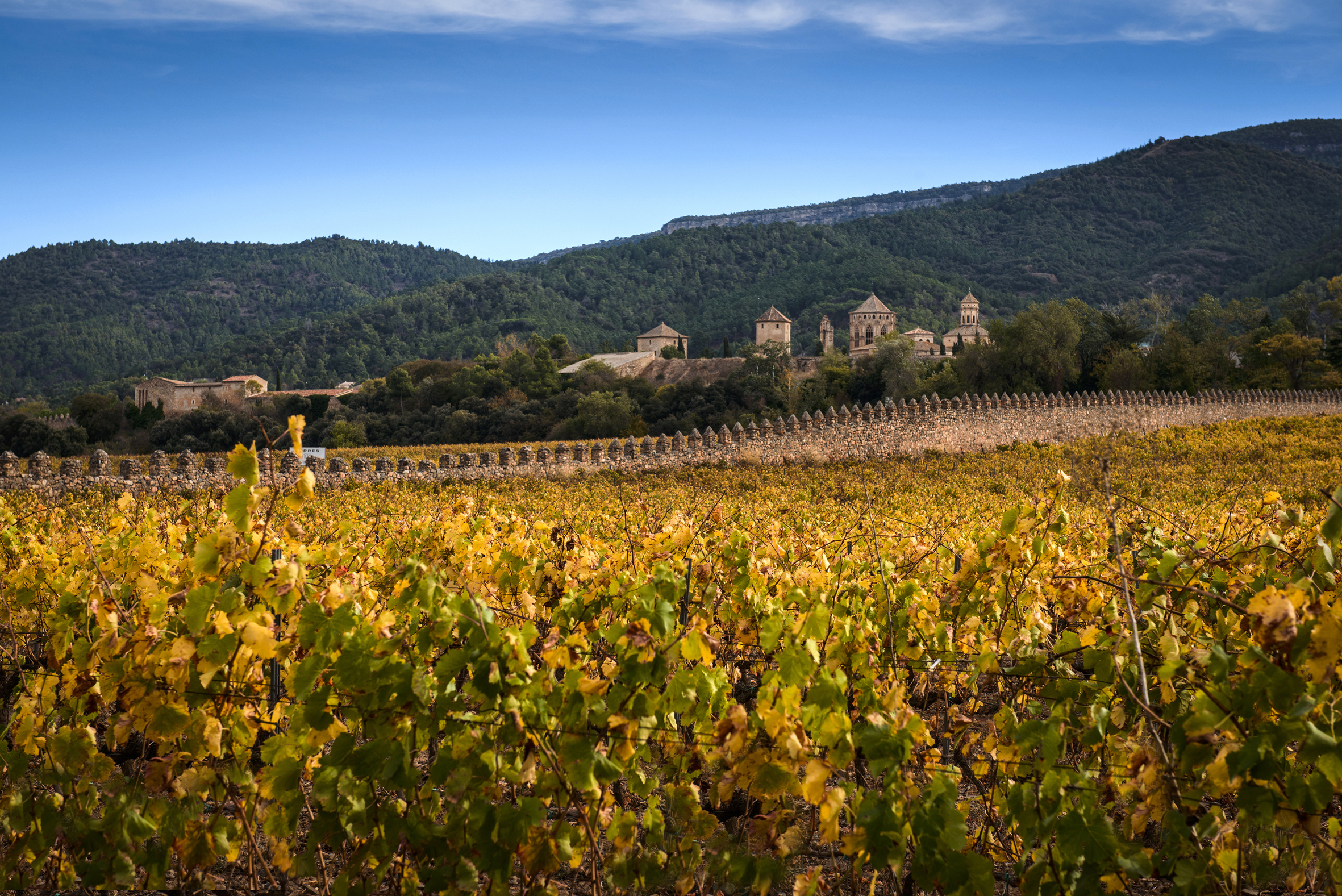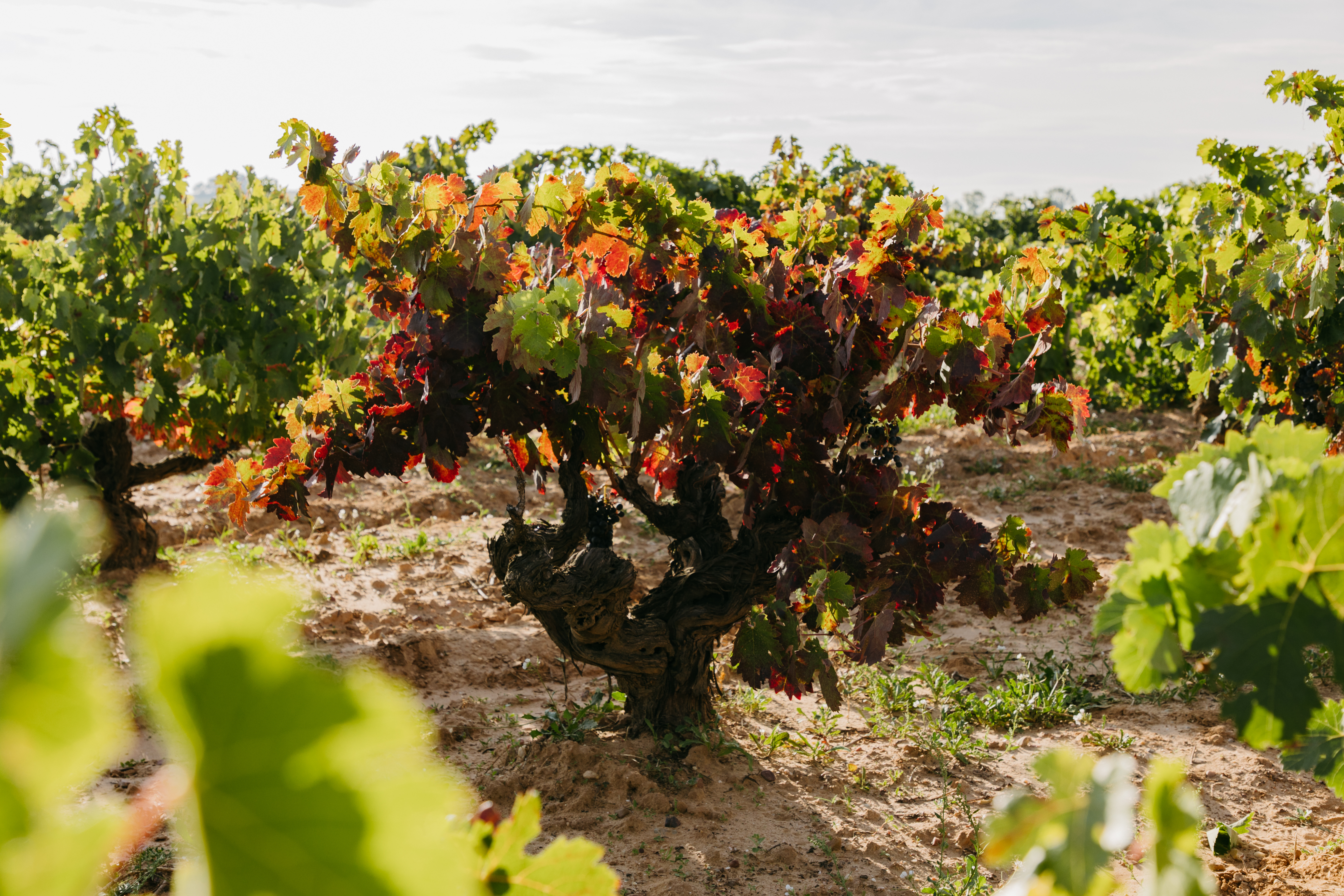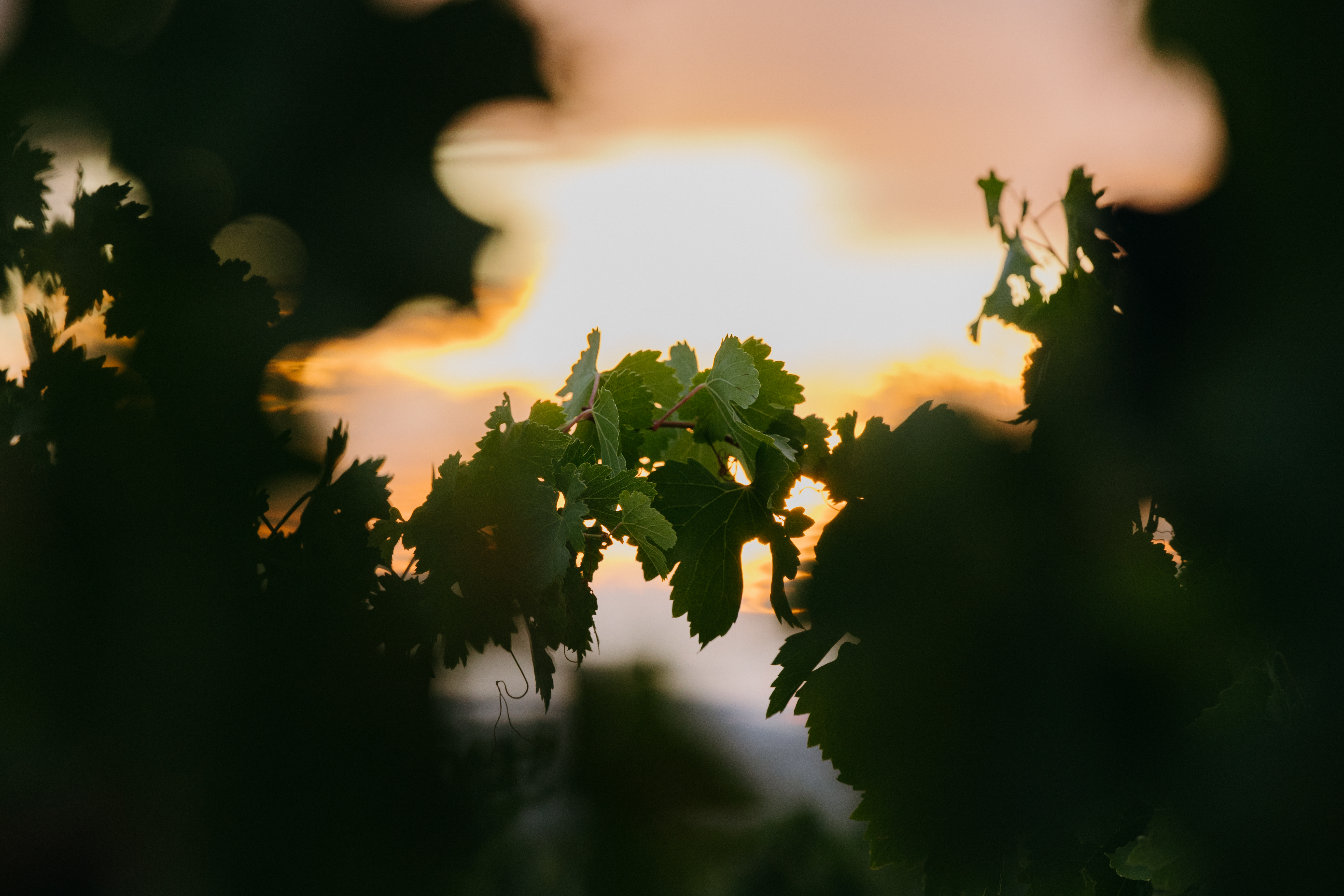The beauty of autumn skies from the vineyard

By Jose Luis Gallego. Environmental communicator (@ecogallego)
Just as ornithologists take pleasure in spotting and identifying wild birds in their natural surroundings, meteorology enthusiasts delight in watching clouds drift across the sky, consulting reference guides and identification manuals much like those used by birdwatchers.
According to the International Cloud Atlas published by the World Meteorological Organization (WMO), clouds are organised into about ten main genera based on their overall shape and structure. Each genus can then be broken down further into different species, depending on specific features such as their form, transparency, arrangement in the sky, and the dynamics within them. For example, you’ll find species like radiatus, uncinus, flocus, lenticularis, and castellanus, each with their own distinct appearance and behaviour.
Knowing this, a trained meteorology enthusiast can identify the type of cloud at a glance, much as an ornithologist can name a bird by its plumage, its song or its silhouette. And in both cases, whether we're talking about clouds or birds, one of the best places to observe their passage through autumn skies is the vineyard, which at this time of year prepares to display its finest splendour.
In much the same way, a keen meteorology enthusiast can recognise cloud types at a glance, just as an ornithologist identifies a bird by its plumage, song, or silhouette. And, whether it’s clouds or birds we’re observing, there’s no better place to watch them drift across the autumn sky than a vineyard—where, at this time of year, the landscape is preparing to display its most magnificent colours.

Grans Muralles, in the DO Conca de Barberà, property of Familia Torres
With the harvest now complete, the tractors are back in the shed, and the cellars are brimming with must. The vines begin their stunning transition: from green to yellows, oranges, reds, and ochres, finally settling on almost golden hues. For many who love the countryside, this is one of the most beautiful sights that grace our fields. The time of year when the vine, its work for the year complete, takes its leave in grand fashion, proving to the walker just how much viticulture is an art.
Now too, as weather fronts move in and clouds cross the sky, sunsets are painted with the vineyard’s own palette. As if in reflection of the earth, the setting sun offers a beautiful chromatic journey, running from red to yellow and gold before eventually fading to black.
Yet, the sky's iridescent mosaic—that display formed by the clouds between sunset and twilight—has other leading players: the flocks of migratory birds that traverse its expanse from every direction. Observing this aerial passage from the vineyard's gentle landscape, without the tree tops blocking the view, is one of the most thrilling autumnal pleasures nature can provide.

Vineyard in the DO Ribera del Duero, property of Familia Torres
Scientific studies of bird migration estimate that the annual transit between the European and African continents sets in motion around five billion individuals from more than two hundred different species. This multitude of birds, of every size and plumage, obeys the ancestral genetic imprint of migration, always following the same routes: tracing rivers and coastlines, flying over seas and deserts, and crossing peaks and plains.
As a child, I loved visiting the vineyards to watch those nomads of the wind flying south across the sky. I knew they were heading towards the Strait of Gibraltar, where they gather every year, waiting for favourable conditions to cross the fifteen kilometres of open sea separating the two continents. Watching the passage of those soaring birds—storks, vultures, short-toed eagles, harriers, honey buzzards, kites, and more— awakened all manner of questions in my young, adventurous spirit.
But the fact was, I barely knew anything beyond that. Why do they maintain those flight formations? Where are they heading? How do they manage to orientate themselves at night? How many will ultimately reach their destination? Though I left these questions unanswered, I felt the profound, irrepressible urge to take flight myself, join the flock, and accompany them on their long celestial journey.
With the passing of years I developed a great passion for ornithology. My eagerness to learn about the life and behaviour of birds ultimately provided the answers to all those questions from my youth.
I discovered that forming a flock is both the best defensive strategy against potential predators and the most effective way to travel. Furthermore, as a scientific bird ringer, I had the chance to study the routes of various species and found that they navigate by following geographical features, orienting themselves by the stars, and even detecting magnetic fields.

Sunset in the DO Ribera del Duero
However, each time this season arrives and I contemplate the autumn skies from the vineyard I find myself carried away by the spectacle of the birds and the clouds, with no need for questions, content merely to enjoy their beauty.
